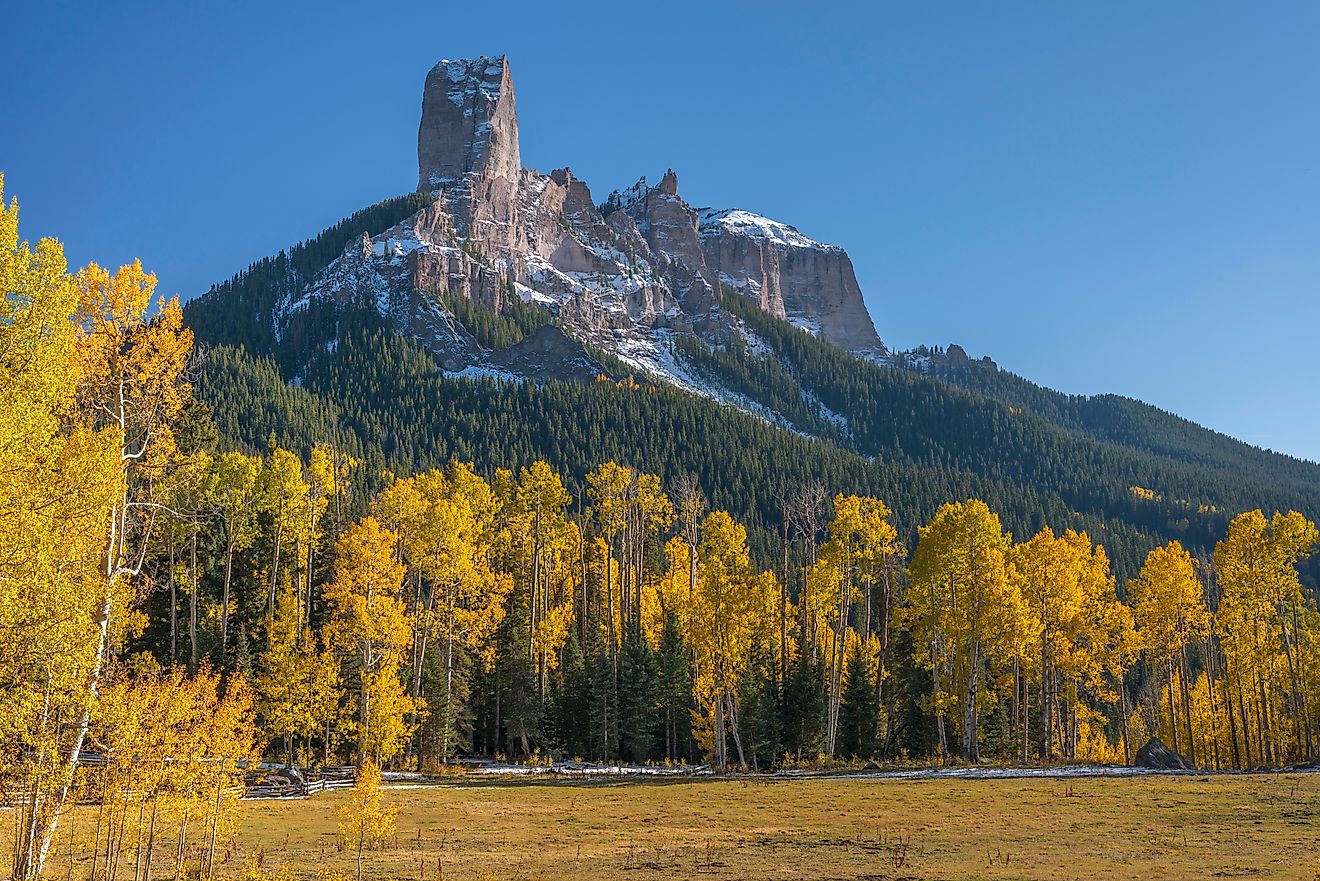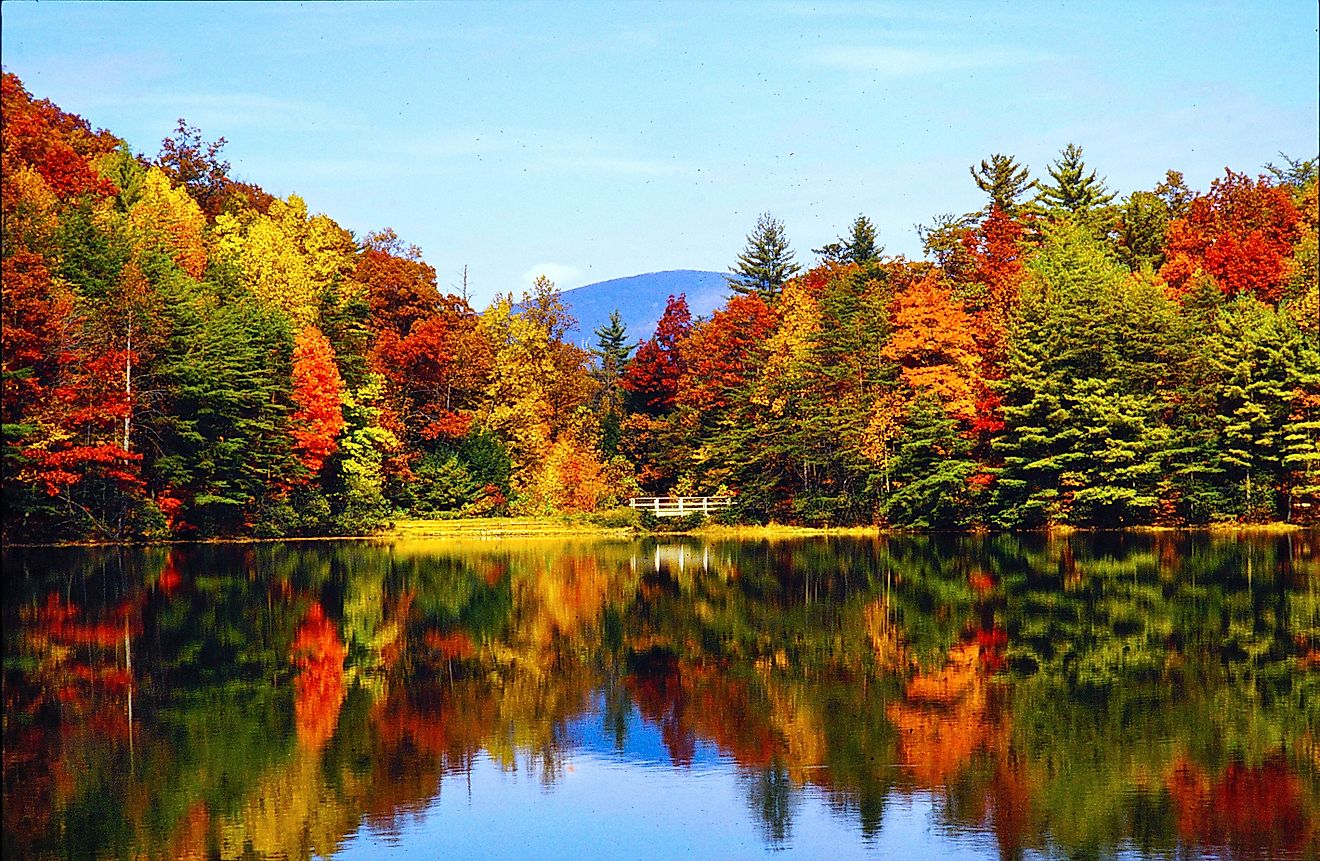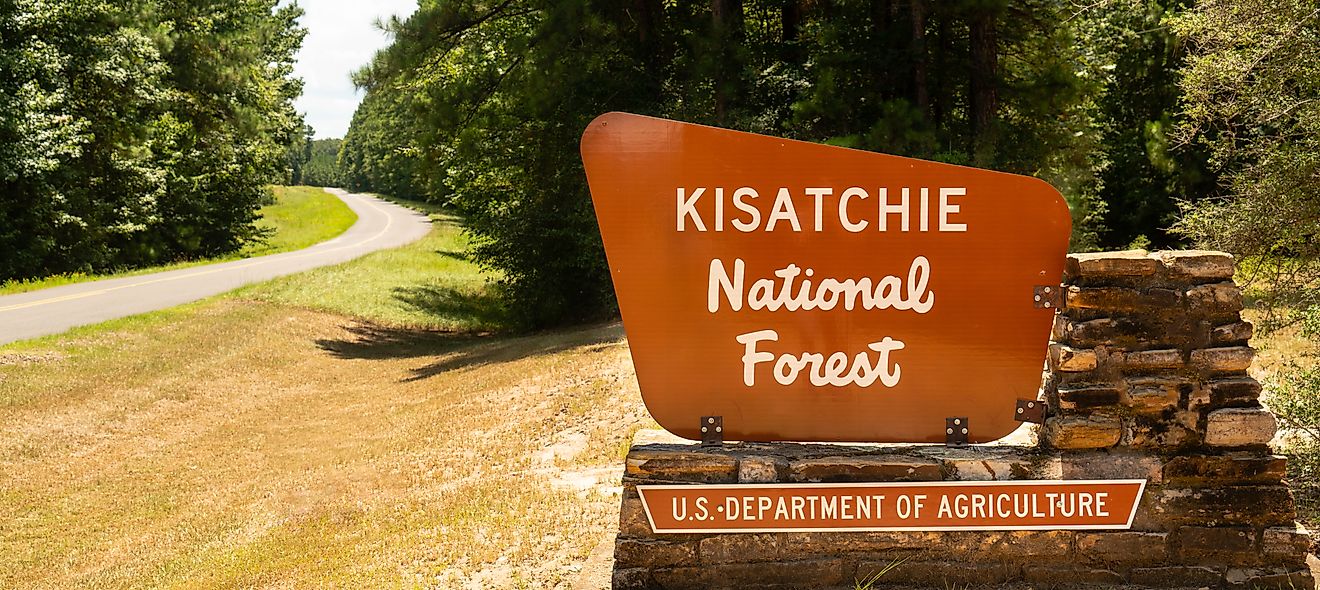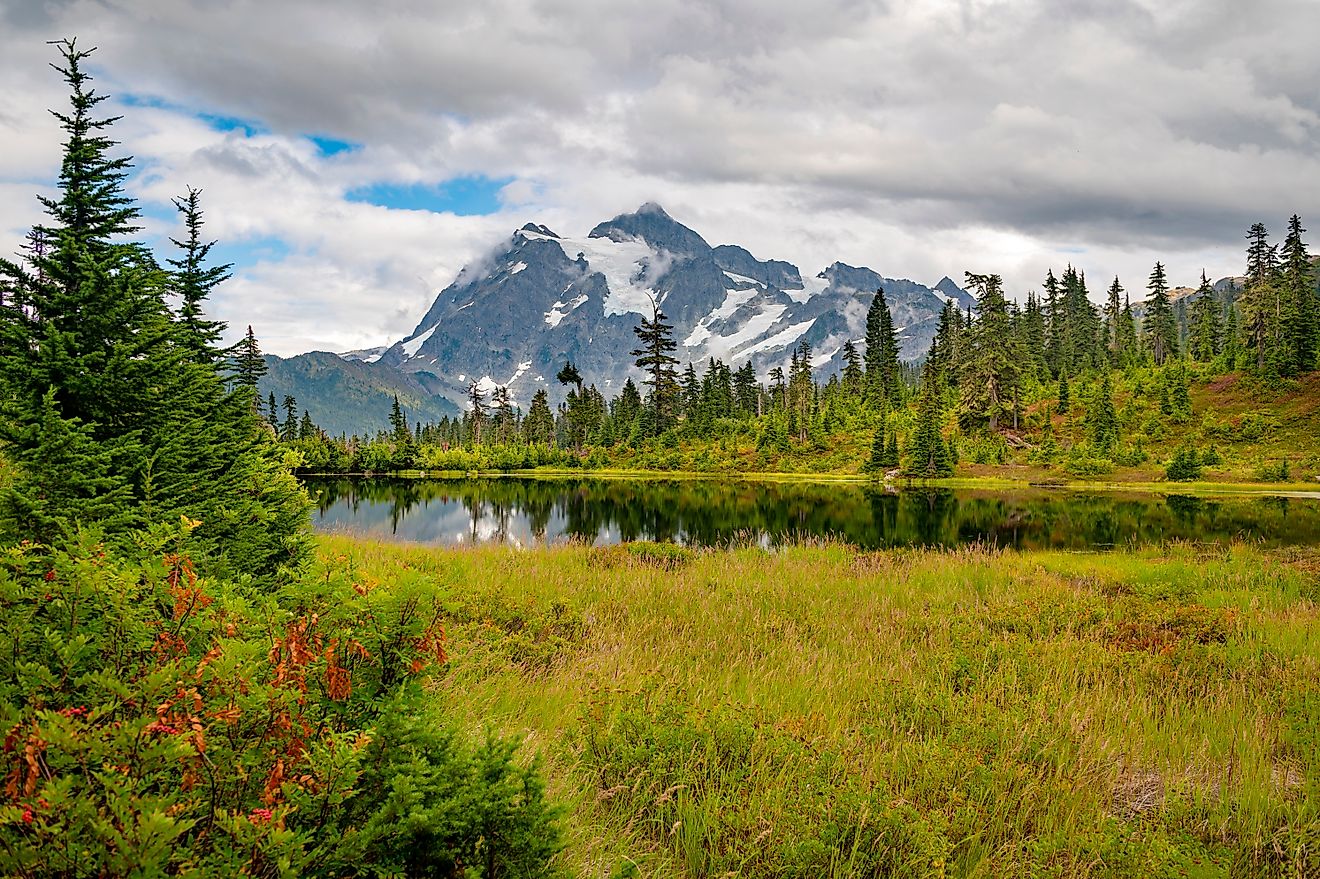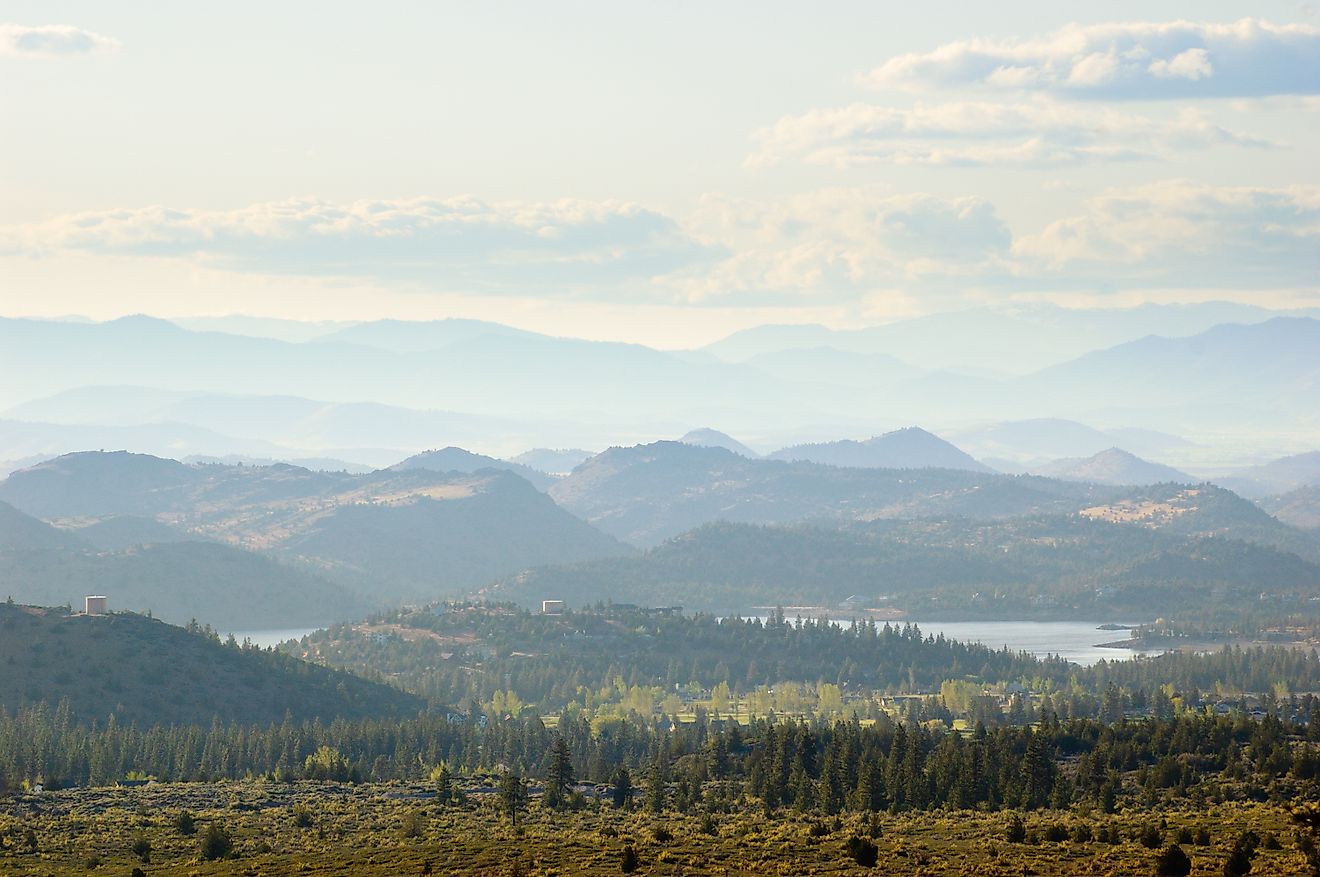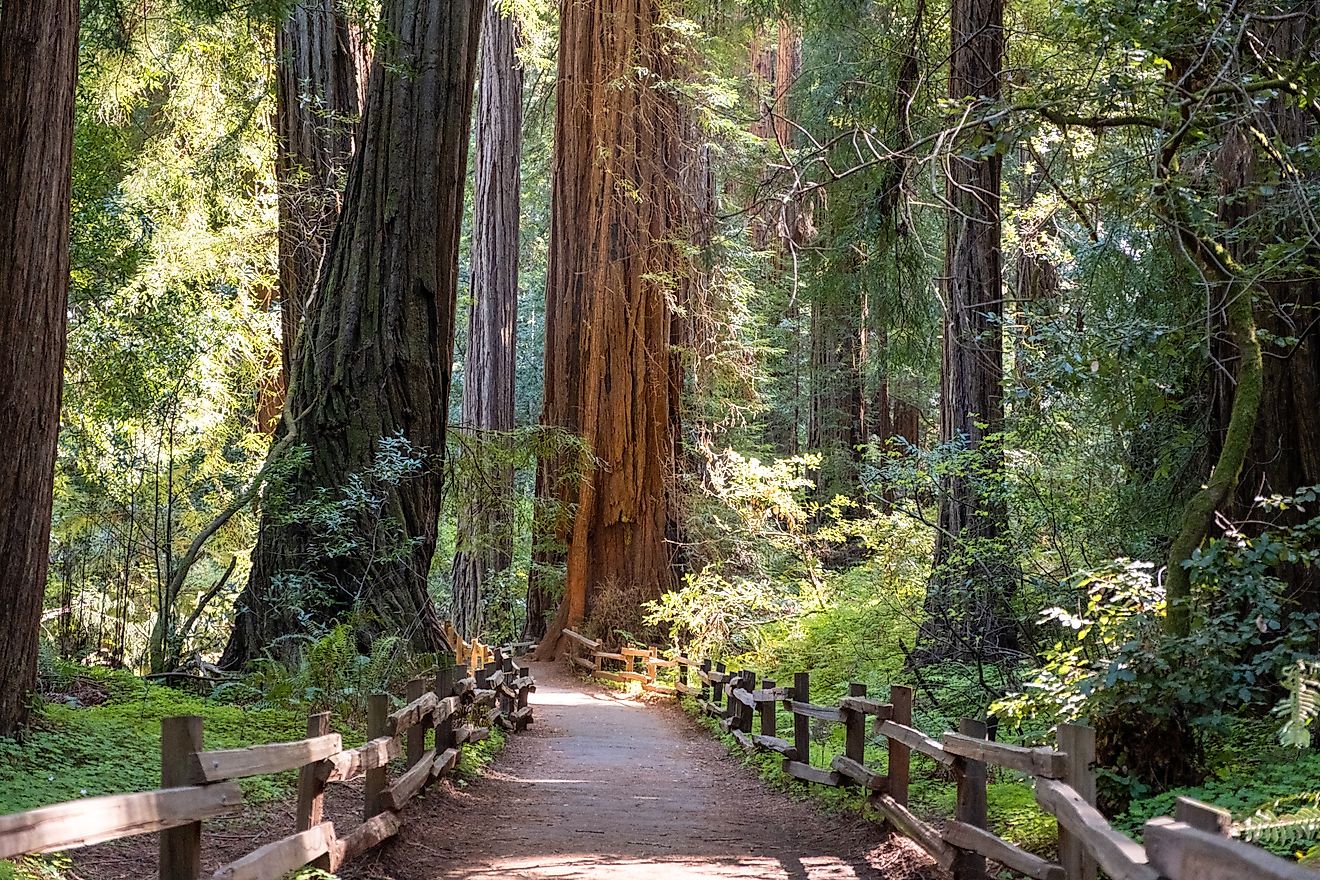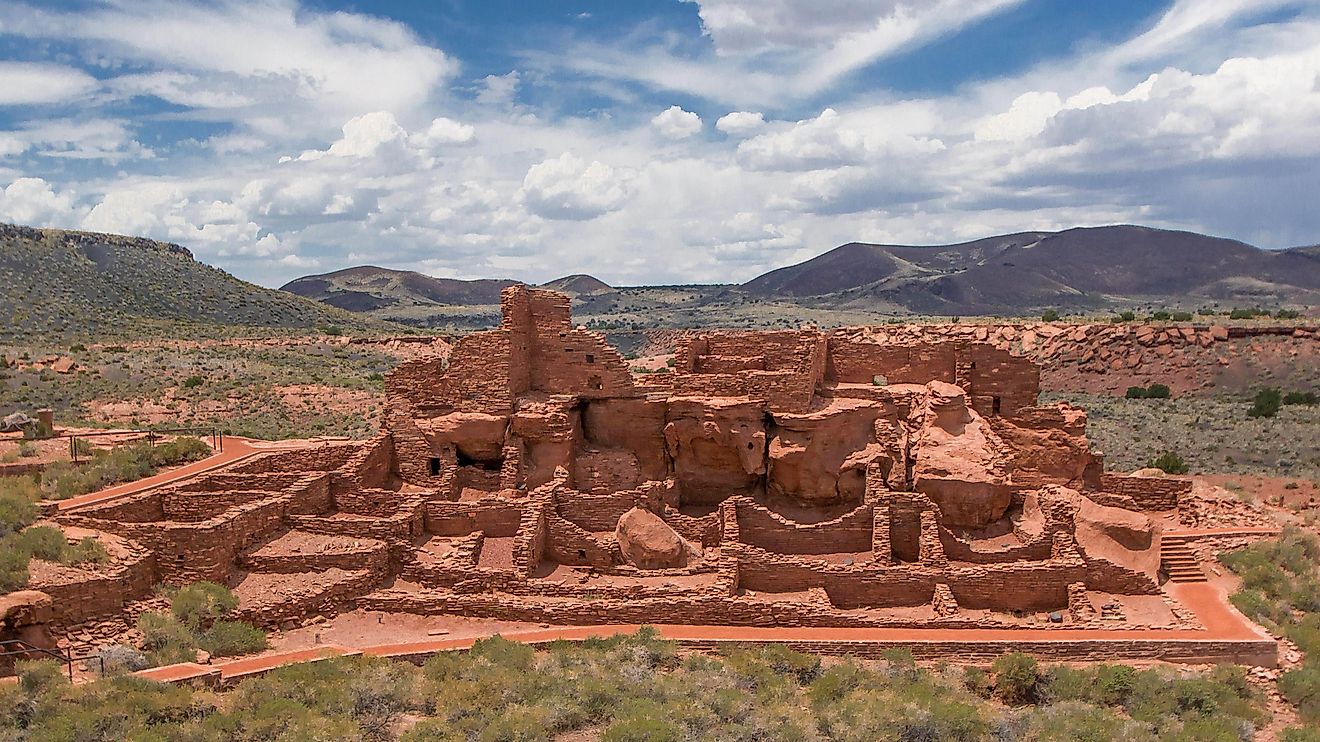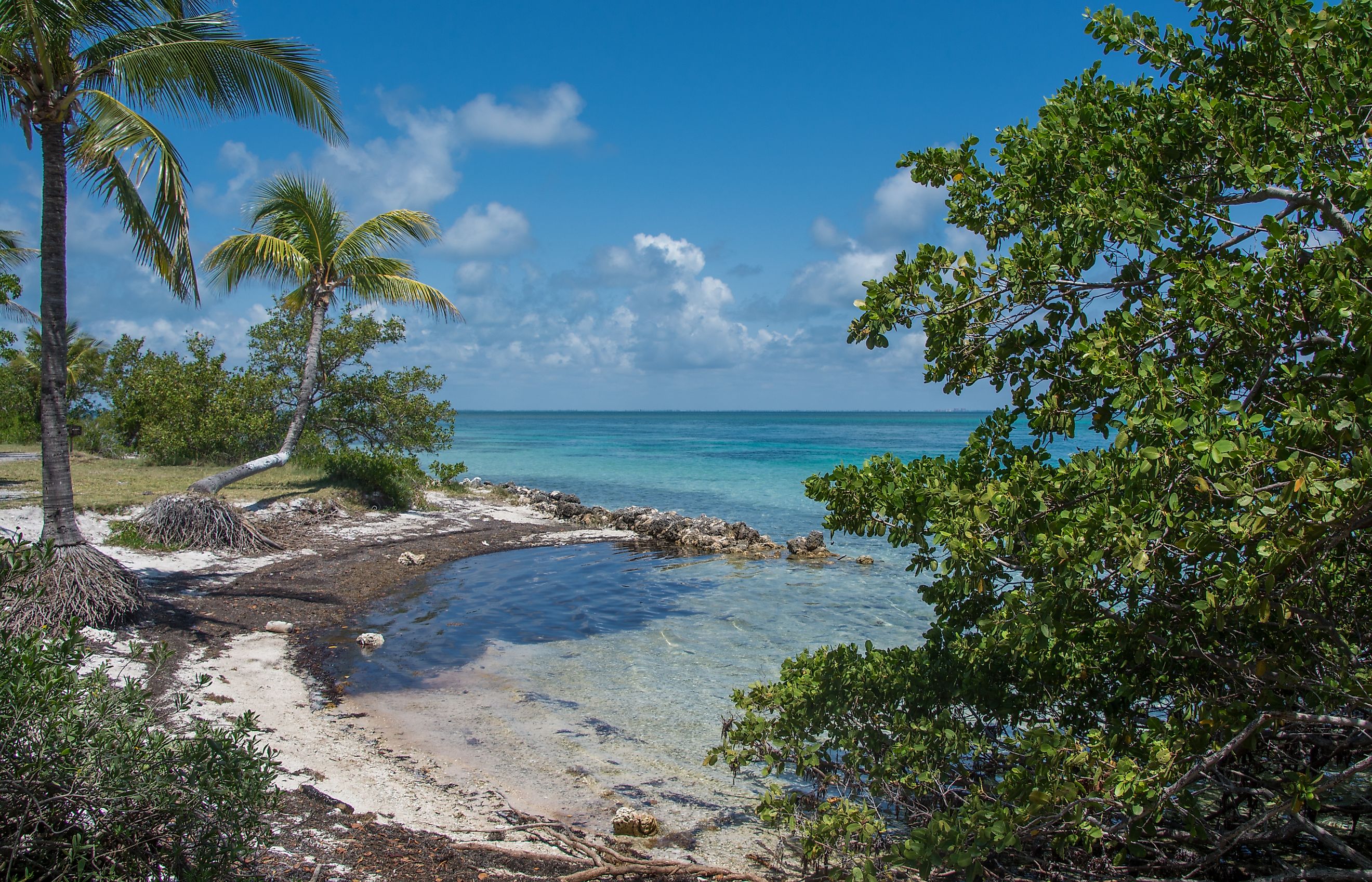
Biscayne National Park
Biscayne National Park is an extraordinary aquatic wilderness that protects a vibrant marine ecosystem unlike any other in the United States. Spanning 270 square miles, with 95% of its area submerged beneath the shimmering waters of the Atlantic Ocean, this park is a sanctuary for coral reefs, seagrass beds, and an abundance of marine life. It encompasses the northernmost living coral reef in the country and features a rich blend of habitats, from mangrove forests along the mainland to the remote and unspoiled keys that dot its waters.
Established as a national monument in 1968 and later designated as a national park in 1980, Biscayne remains one of the least developed and most pristine parks in the National Park System. Visitors can experience the park’s beauty through boating, snorkeling, diving, and exploring its fascinating history of shipwrecks, indigenous cultures, and maritime heritage. This hidden gem offers an unparalleled glimpse into the diverse ecosystems that thrive beneath and above the waves.
Geography and Landscape
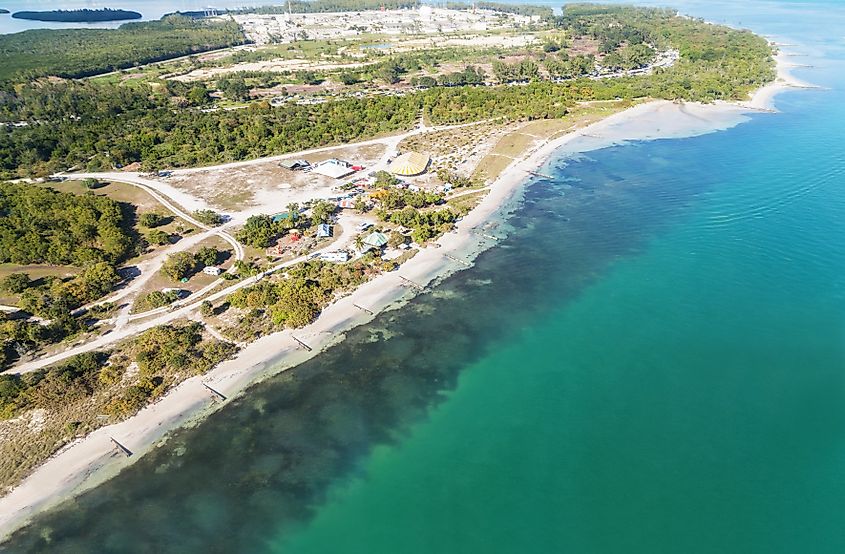
Biscayne National Park is located at the northern end of the Florida Keys, just 20 miles south of Miami, bordered by Key Biscayne to the north and Key Largo to the south. The park consists of four primary ecological zones:
-
The Mangrove Shoreline – This relatively narrow strip of mainland, covered in dense mangrove forests, serves as a crucial habitat for birds, mammals, and marine species. The shoreline, though largely impenetrable, is vital for coastal protection and biodiversity.
-
Biscayne Bay – This shallow bay, with a maximum depth of approximately 12 feet, is home to extensive seagrass beds that support an abundance of marine life, including shrimps, lobsters, sea turtles, and the endangered West Indian manatee.
-
The Coral Limestone Keys – These 33 islands form a chain separating Biscayne Bay from the Atlantic Ocean. While their fringes are lined with mangroves, their interiors are filled with lush tropical hardwood forests reminiscent of the West Indies.
-
The Coral Reefs and the Atlantic Ocean – Located beyond the keys, Biscayne’s coral reefs are among the most vibrant in the United States. These reefs provide shelter for over 200 species of brilliantly colored tropical fish, including wrasse, angelfish, and goby, as well as a variety of corals such as elkhorn, brain, and staghorn coral.
A Rich Historical Legacy
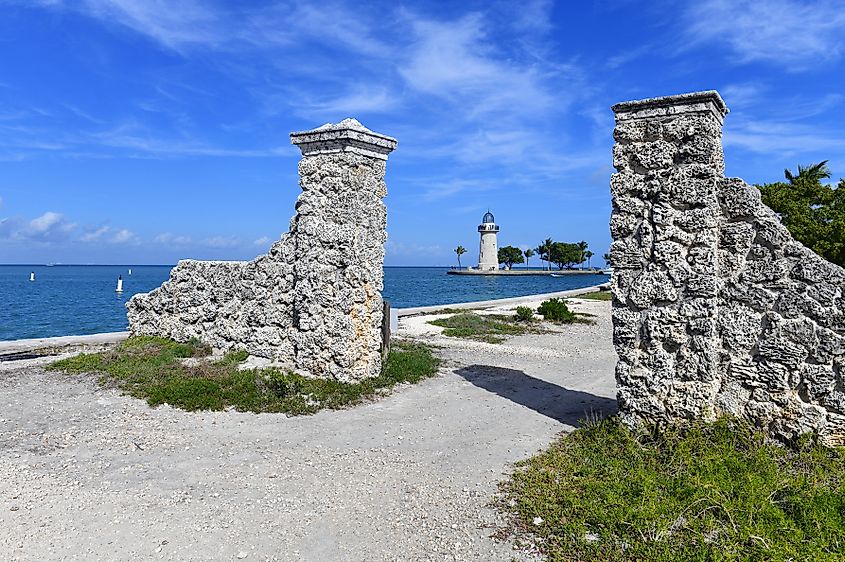
Biscayne National Park is not only a natural wonder but also a historical treasure trove. Indigenous peoples, such as the Tequesta, once inhabited the area, relying on its abundant marine resources for survival. In later centuries, European explorers and settlers navigated these waters, leaving behind a rich maritime history that includes shipwrecks and tales of piracy.
One of the most intriguing aspects of the park’s history is the presence of shipwrecks along the Maritime Heritage Trail. These wrecks serve as underwater time capsules, offering divers and snorkelers a glimpse into the past. The park’s shipwrecks date back centuries and provide insight into the perilous journeys undertaken by sailors navigating these waters.
Flora and Fauna
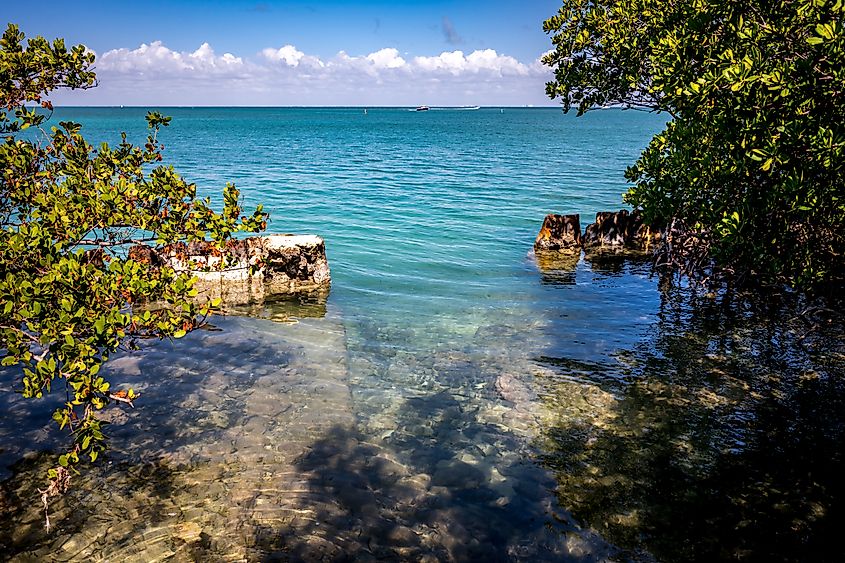
Biscayne National Park boasts a stunning array of plant and animal life, thanks to its diverse habitats.
-
Mangroves play a crucial role in stabilizing the coastline and providing shelter for fish, crabs, and juvenile marine species. The park’s three main species—red, black, and white mangroves—create a dense network of roots that serve as nurseries for marine organisms.
-
Seagrass Beds in Biscayne Bay are essential feeding grounds for endangered species such as the West Indian manatee and the green sea turtle.
-
Tropical Hardwood Hammocks, found on the park’s keys, contain a variety of plant species more commonly associated with the Caribbean, including gumbo limbo, mahogany, and lignum vitae trees.
-
Coral Reefs in the Atlantic are home to a dazzling variety of marine life. More than 200 species of fish, including parrotfish and barracuda, thrive in these waters, alongside spiny lobsters, sea urchins, and nurse sharks.
The park is also a haven for birdwatchers, with species such as ospreys, pelicans, and roseate spoonbills frequently spotted among the mangroves and shorelines.
Recreational Activities
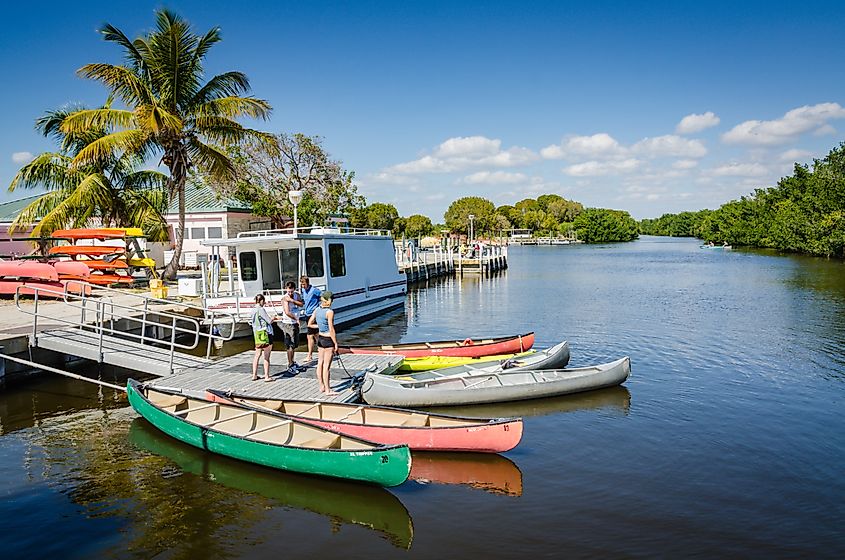
Biscayne National Park is a paradise for outdoor enthusiasts. Since 95% of the park is water, visitors typically explore its wonders by boat. Some of the top activities include:
-
Boating and Kayaking – The park can only be accessed by boat, making it a haven for boating and kayaking enthusiasts. Visitors can take guided tours or explore on their own.
-
Snorkeling and Scuba Diving – The crystal-clear waters of the park make it an excellent spot for underwater exploration. The coral reefs and shipwrecks offer incredible diving experiences.
-
Glass-Bottom Boat Tours – For those who prefer to stay dry while marveling at marine life, glass-bottom boat tours provide a window into the vibrant underwater world of Biscayne Bay.
-
Fishing – The park allows fishing in designated areas, with species such as snapper, grouper, and bonefish being popular catches.
-
Camping – Some of the park’s keys, including Elliott Key and Boca Chita Key, offer designated camping areas for overnight stays, allowing visitors to fully immerse themselves in the park’s beauty.
Conservation and Challenges
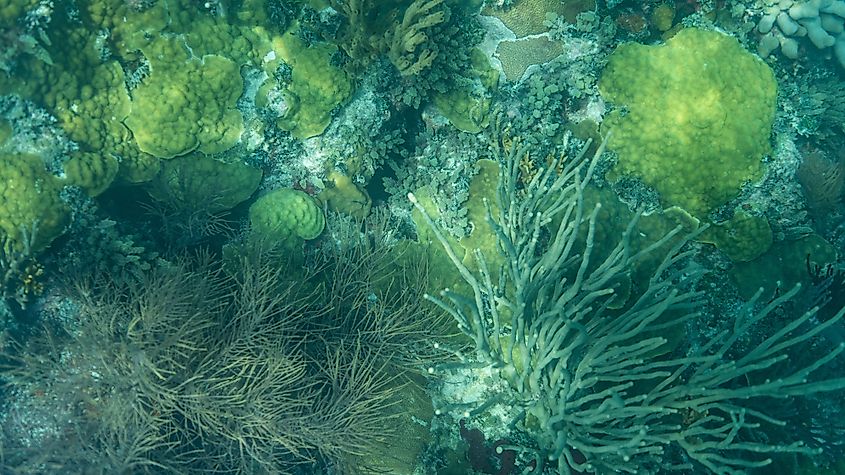
Like many natural ecosystems, Biscayne National Park faces environmental challenges, including coral bleaching, pollution, and habitat destruction. Climate change has led to rising sea temperatures, which negatively affect coral reefs. Efforts to protect the park include, coral restoration projects aimed at reviving damaged reefs, strict regulations on fishing and boating to minimize human impact, and educational programs to promote conservation awareness among visitors.
Plan Your Visit
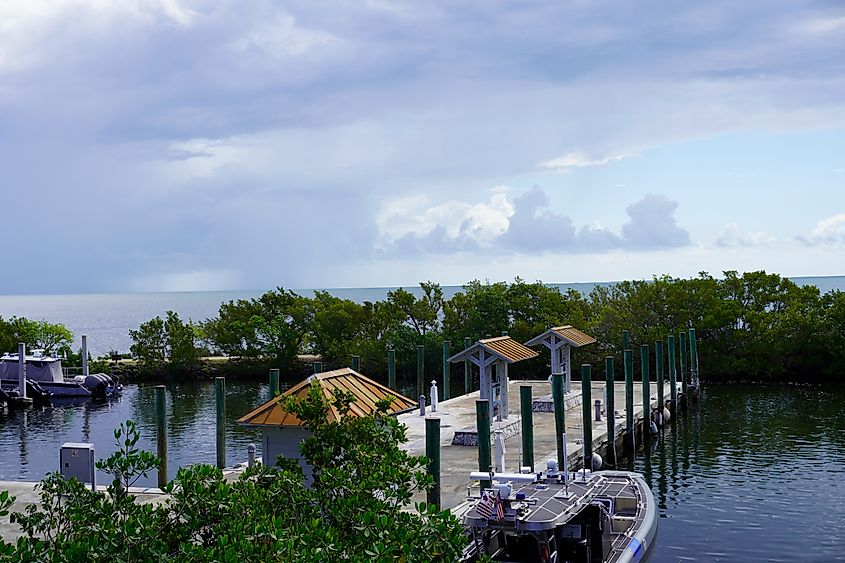
Since there are no roads leading directly into the park, visitors must access it by private boat, guided tour, or ferry. The park’s headquarters, located on the mainland at Convoy Point, serves as the main visitor center, offering exhibits, information, and boat tour departures.
Whether you’re an avid diver, a history buff, or simply looking to escape into nature, Biscayne National Park offers an unforgettable experience. With its stunning marine landscapes, rich biodiversity, and fascinating history, it remains one of Florida’s most treasured hidden gems.
